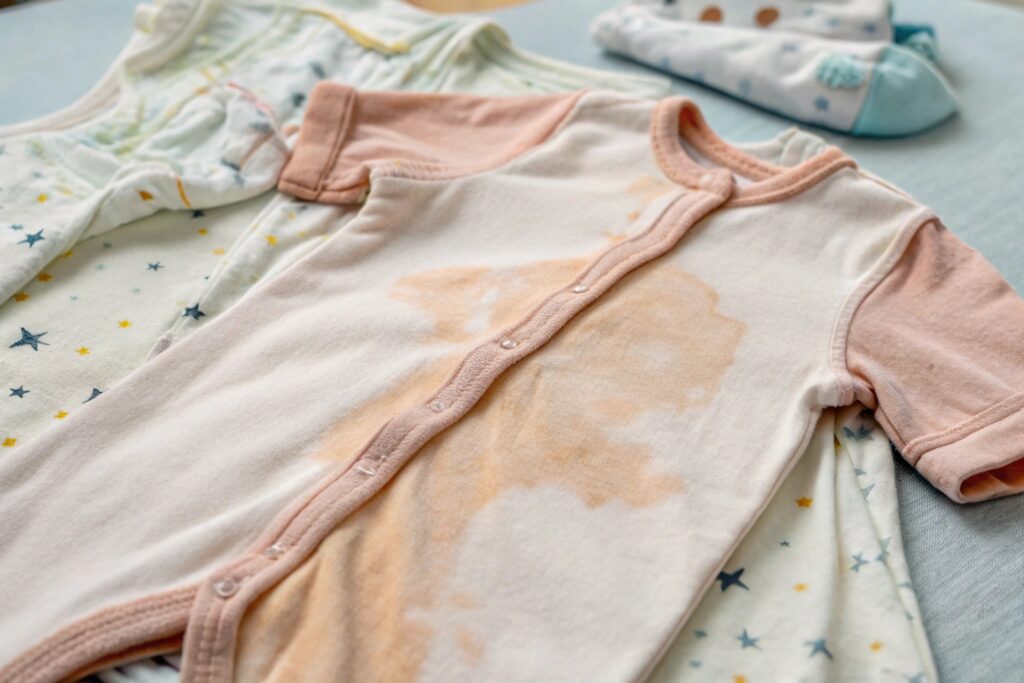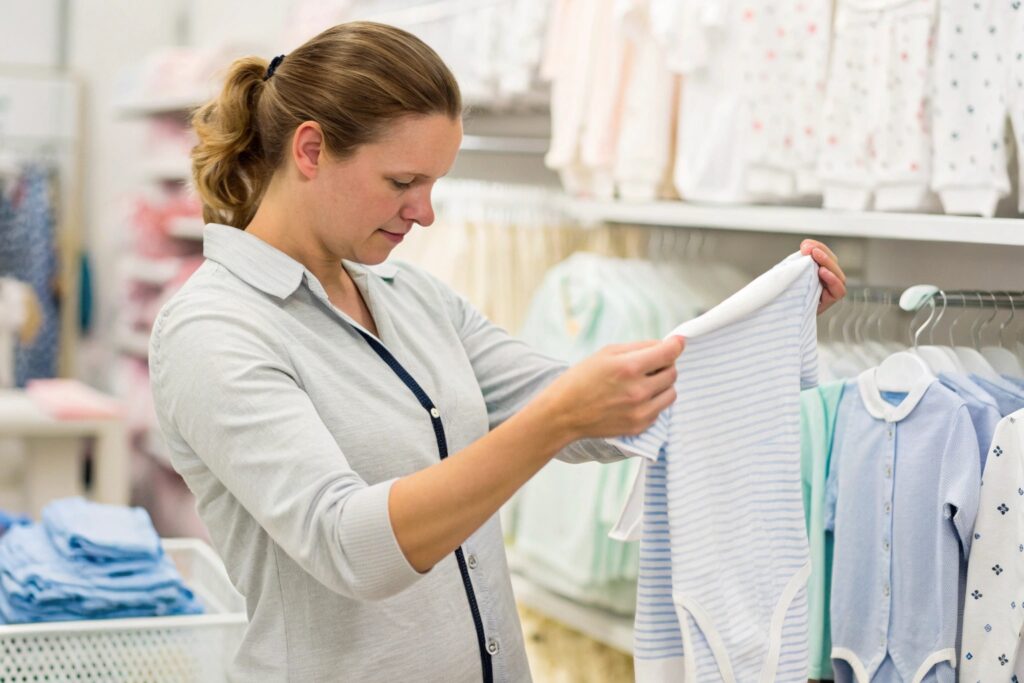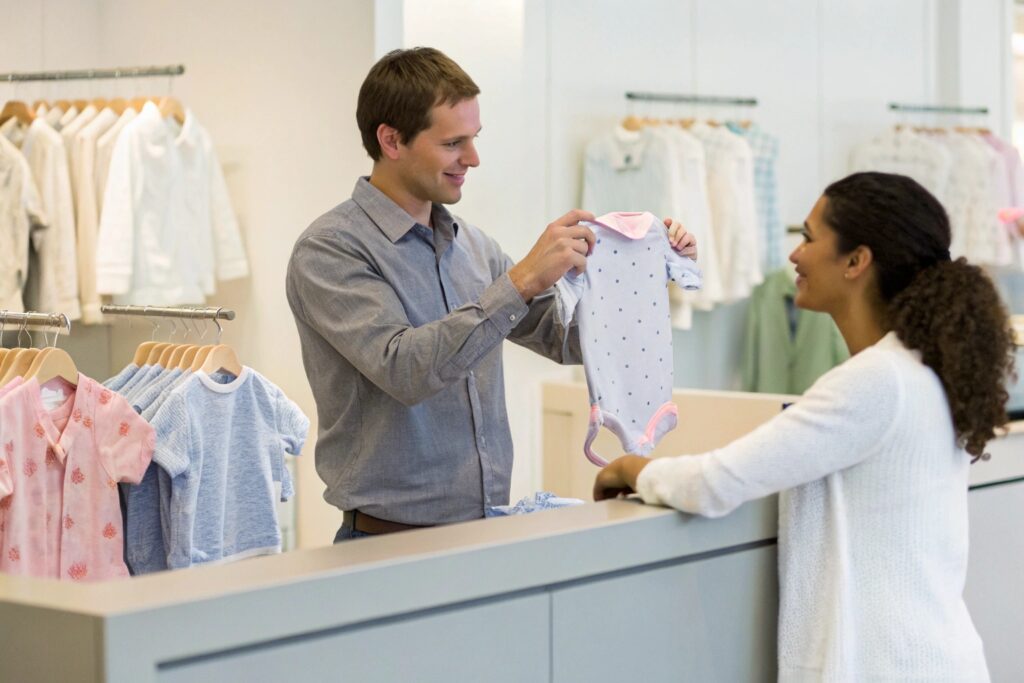Your customer washed the onesie once—and now they want to return it. Sound familiar? Many kidswear buyers face this tricky situation.
Yes, it’s sometimes possible to return kidswear after washing, but it depends on store policy, the reason for return, and visible wear. Knowing what to expect helps avoid wasted time and conflict.
Returns are part of our business. But once an item’s been through the wash, things get complicated. Let’s explore what stores say, what’s fair, and what to do when returns meet laundry.
What Retail Policies Say About Returning Washed Clothes?
It’s easy to accept returns for unused clothes. But what happens when the item’s already been washed?
Most retailers don’t allow returns on washed kidswear unless the product is defective. However, some make exceptions if the item is still in new condition.

Why do many stores clearly state “no returns after washing” in their kidswear return policy?
The main reason is hygiene. Kidswear touches sensitive skin. If it’s been washed, stores can’t be sure how it was treated—did the customer use bleach? Did the item shrink or fade? Even a gentle wash may change the texture or color slightly. That makes it harder to resell the item.
Also, the moment a tag is removed or washing instructions are ignored, retailers lose control. To avoid this, many clothing return policies include phrases like:
- “Item must be unworn and unwashed.”
- “Returns only accepted with original tags attached.”
- “No returns on laundered items.”
Some large stores like Target and Walmart use these rules, especially on babywear and intimate items.
Do high-end or boutique babywear brands handle returns differently?
Yes. Smaller or boutique brands often offer more flexibility. Their focus is on long-term customer trust. They may accept washed returns if the buyer claims a defect—even without proof. But there’s a catch: they usually request photos, and they inspect the item carefully before issuing a refund.
For wholesalers and B2B buyers like us, this trend matters. Retailers’ return policies shape our own quality checks. We must reduce defects before shipping to limit downstream issues.
How Washing Affects Kidswear Return Eligibility?
Washing changes how an item looks, feels, and behaves. That impacts whether it’s eligible for a refund.
Washing typically voids return eligibility unless the garment has a clear factory defect. Slight fading, shrinking, or misshaping may not qualify for return.

What visible signs of washing do retailers and suppliers look for when checking return eligibility?
When evaluating returns, here’s what we usually inspect:
| Indicator | Return Rejected? | Notes |
|---|---|---|
| Shrinkage | Usually yes | Unless labeled pre-shrunk |
| Stains or residue | Yes | Any detergent traces disqualify |
| Fabric pilling | Often yes | Shows usage, not factory issue |
| Loose threads | Case-by-case | May indicate stitching defect |
| Fading or bleeding | Depends | If excessive, may be defect |
We compare the returned item with a new one from the same batch. If wear is obvious, we deny the return. But if it looks pristine and the issue is real (like crooked seams), we often accept it.
Can first-time washing cause damage that still counts as a defect?
Yes. For example, some baby bodysuits shrink excessively even after cold wash. If our label says “pre-shrunk” or “machine washable,” and washing still damages it, the item might be defective. In that case, buyers should contact us. We keep wash-test records for every style to handle claims fairly.
That’s why accurate labeling is critical. A false “wash-safe” tag can lead to dozens of returns—and broken trust.
Can You Return Defective Baby Clothes After Washing?
Defects don’t always show until after laundry. So what happens when a parent finds an issue post-wash?
Yes, if a baby garment has a manufacturing defect, many stores or suppliers will still accept returns—even if the item has been washed once.

What counts as a true manufacturing defect in washed kidswear?
Defects must originate from production, not use. Here are a few examples:
- Loose snaps: If buttons fall off after one wash, it’s a flaw—not wear.
- Misaligned prints: Sometimes the design looks okay until washed, then it twists.
- Seam gaps: If stitching comes undone after normal use, we take responsibility.
Here’s a breakdown of returnable vs. non-returnable post-wash defects:
| Issue | Returnable? | Reason |
|---|---|---|
| Snaps breaking off | Yes | Hardware defect |
| Shrinking over 2 sizes | Yes | Likely fabric issue |
| Color bleeding after 1 wash | Yes | Dye setting problem |
| General wear after 3 washes | No | Usage-related |
| Stretching after rough use | No | Customer misuse |
How should brands and suppliers handle these cases with empathy and clarity?
Empathy matters. Most parents don’t complain unless the issue is real. We encourage clients to ask for photos, receipts, and batch numbers. This helps us confirm it’s our product and identify root causes.
We train our QC team to recheck affected lots. If three customers complain about fading, we retest that fabric batch. Quick action avoids repeat problems. Our motto is: one return might be a mistake; three is a warning.
Tips for Getting Refunds on Gently Used Kids’ Apparel?
Sometimes, customers wash a baby romper, realize it’s too small, and want to send it back. Can they?
To improve your chances of a refund, keep the item clean, contact the seller fast, and show proof that the issue isn’t your fault.

What steps can buyers take to increase their chances of returning a washed babywear item?
Here’s a checklist I often share with brand buyers and distributors:
- Take photos before washing. This gives you “before” evidence.
- Keep the tags. Even if washed, attached tags help.
- Wash according to the label. Use mild detergent, cold water, gentle cycle.
- Act fast. Most return windows close in 30 days.
- Write a polite, clear request. Explain what happened and include photos.
Customers who follow these steps often get credit or replacement—especially from boutique brands. For B2B clients, following up with the supplier quickly also improves outcomes.
What return language should brands use to handle gently used claims fairly?
Good return policies are clear but kind. Here’s sample language many clients now use:
“Washed items may be eligible for return only if a defect is found. Please contact us within 7 days of washing with photos and a brief description. Each case will be reviewed individually.”
This helps filter serious claims from casual complaints, while showing empathy. It also protects the brand and reduces disputes.
Conclusion
Washed babywear returns aren’t black and white. But with the right approach—clear policies, good communication, and fast action—both brands and buyers can handle them well.










